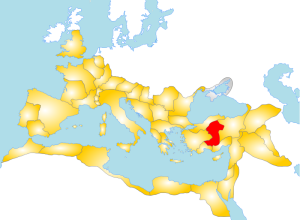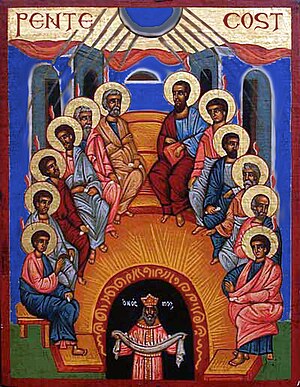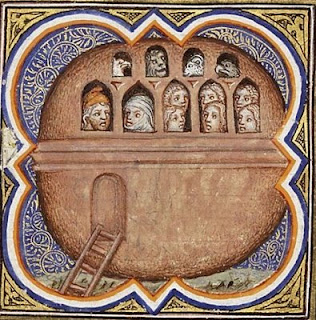This continues the series on an introductory chapter from Walter Schmithals’ Gnosticism in Corinth. The full series is archived here.
Now it is no longer a very long step to the identification of this system as “pre-Christian Christ Gnosticism.” When Simon identifies himself as the “Great Power,” he therewith makes the claim, not to be a definite divine emanation, but an emanated part of the one original God himself. We have seen that the Apophasis developed just this Simonian claim and how it developed it. It is immediately understandable that all the divine predicates can be claimed by Simon or can be attributed to him. Thus, following Irenaeus, Hippolytus rightly says that Simon tolerated “being called by any name with which people wished to name him.” Hence he is called not only Great Power or The Standing One, but also God, Son of God, Father, Holy Spirit, Kyrios, Savior, and so on. (p. 45)
The pre-Christian system of Simonianism did not use the Judaistic term Christ in the sense of being a unique redeemer but as a title only. So when Hippolytus says that
Simon had appeared as a man although he was not a man, and had apparently suffered in Judea, had appeared to the Jews as Son, and to the other peoples as Pneuma Hagion [Holy Spirit], it is still clear in this late report that Simon is the Christ not as the one Christ who has appeared in Jesus but as the Pneuma who has appeared in all, and only thus also in Jesus. (p. 46)
Dositheus who was reputed to have been Simon’s teacher presented himself as Christ, according to Origen (Celsus, 1, LVII).
But of course none of the above proves the existence of a pre-Christian Christ Gnosticism.
For Schmithals what is important first of all is to be clear about the nature of what he calls “the structure” of the pre-Christian Gnostic system: Continue reading “Pre-Christian Christ Gnosticism 4 — The Christ Title (1)”

 Continued from
Continued from 




